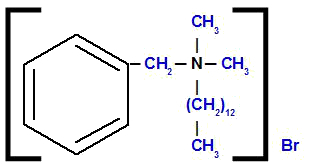In the late 18th and early 19th centuries, Lavosier, Proust, Dalton and other scientists carried out studies with the purpose of determining the fundamental nature of matter, that is, discovering how and from what matter was formed. They explained matter as being made up of indivisible particles and which were conserved in quantity and mass. Their theories were based on the results obtained through experiments carried out by the combination of gases, however, there was a difficulty in distinguishing between atoms and molecules by observing that the volumes of some of the gases in these reactions were not in accordance with what was predicted in the gas transformations already known.
The difficulty was overcome by an Italian physicist named Amedeo Avogadro. Avogadro claimed that, under the same physical conditions, equal volumes of different gases have the same number of particles. However, to say that one gas has the same number of particles as another does not imply that both have the same number of atoms.
Avogadro's hypothesis that equal volumes of different gases, under the same pressure and temperature conditions, contain the same number of particles and the ideas about atomic and molecular masses of another scientist named Canizarro led to the determination of Avogadro's constant.
The constant established by Avogadro and later verified experimentally by several scientists is currently known as Avogadro's Number.
Avogadro's Number () represents the number of particles or molecules contained in a mole.
Na=6.023×1023 particles
The mole represents the magnitude of the amount of matter and the mass contained in 1 mole is called the molar mass (M). To calculate the number of moles contained in a given mass m of a gas, the relationship is used:

Equation 1 is obtained through a simple rule of three, where: 1 mol has mass M and no mols have mass m.
By Nathan Augusto
Graduated in Physics

